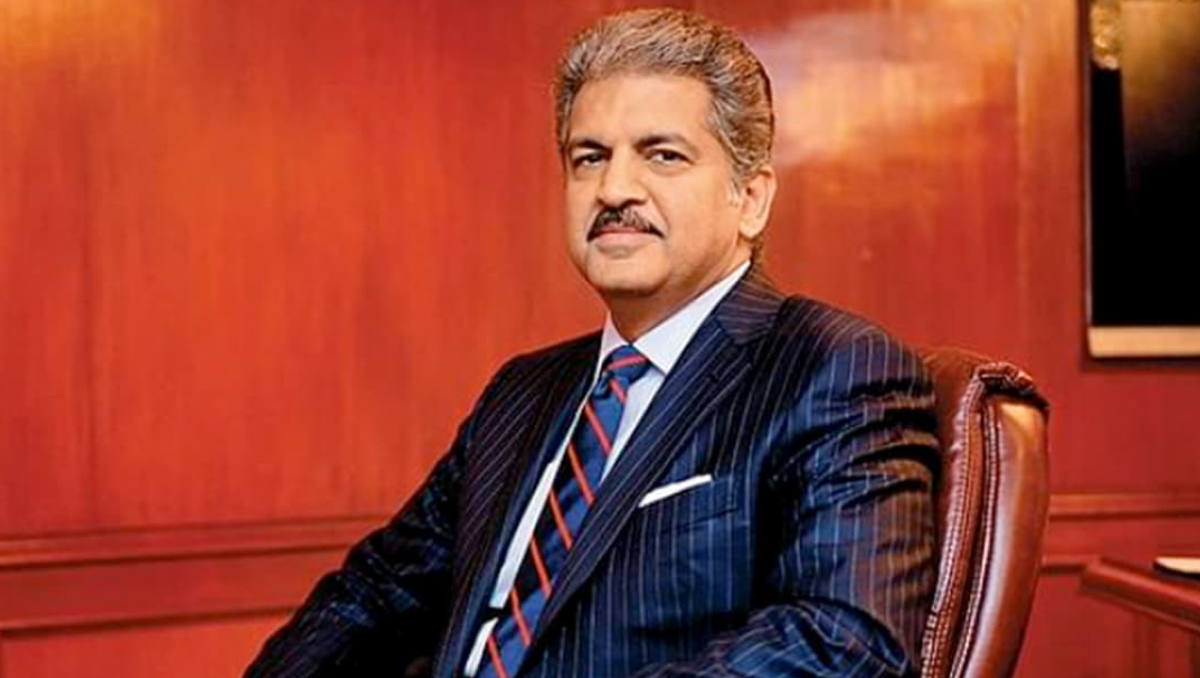Anand Mahindra, who is well-known for offering thought-provoking perspectives on newsworthy topics, presented a novel plan to “heal” Delhi’s pollution on X.
A dense, poisonous haze has been hanging over Delhi, the capital city of India, for several days due to a serious air pollution crisis. Residents are deeply concerned as the Air Quality Index (AQI) continues to fall into the “severe” and “very poor” categories in several places.
As the hub of this environmental problem, Delhi must overcome several obstacles in its fight against pollution. The prevalent agricultural practice of stubble burning, which exacerbates air quality issues, is a major contributing factor to this problem.
Anand Mahindra, Chairman of the Mahindra Group, used social media to provide light on a possible remedy in the midst of this grave circumstance. In addition to discussing a substitute for stubble burning, he showed a film and underlined the significance of “Regenerative Agriculture” as a vital tactic in addressing the pollution crisis facing the city.
The businessman, who frequently offers thought-provoking perspectives on newsworthy topics, proposed a novel approach to “heal” Delhi’s pollution on X. In his piece, Mr. Mahindra advocated for regenerative agriculture as a substitute for stubble burning, which is one of the main reasons the city’s and its environs’ air quality is declining.
We must give Regenerative Agriculture a chance to alleviate Delhi’s pollution. It boosts soil production while offering a profitable substitute for stubble burning. From @naandi_india, @VikashAbraham is prepared to assist. “Let’s get started!” he wrote on X, the former Twitter platform.
(Image Source : Hindustan Times)
His tweet went viral very fast, receiving more than two lakh views and a barrage of encouraging remarks from other social media users who understood his plight.
“Agreed, sir,” a user said. “Some solutions to Delhi’s pollution problems include regenerative agriculture, more green spaces, improved public transportation, good air quality monitoring, the conversion to clean energy sources, and an emphasis on efficient recycling and trash management. These comprehensive tactics have the potential to help combat urban pollution. Living in a gas chamber like Delhi is far more dangerous than we realize.”
One more user added, “Of course! In fact, regenerative agriculture has a lot of potential to help Delhi’s pollution problems.”
As to the Organization for Renewable Resources (ORF), “Regenerative Agriculture is a farming approach that aims to enhance soil fertility, increase on-farm diversity, store atmospheric CO2, and improve water and energy management.”
In addition to enhancing water consumption and the soil’s “nutrient-holding capacity,” the technique can improve deteriorated soil and restore productivity and health.
The businessman was highlighting the work being done by Urban Farms Co., an organization that assists farmers in making the transition to sustainable farming with an emphasis on organic methods.
By purchasing crop stubble from farmers, the program transforms it into “high quality farm inputs” that improve soil fertility without requiring the use of chemical fertilizers.
As of right now, the project stands to save more than a million kilograms of paddy stubble from being burned annually.
To greatly minimize air pollution, an odd-even car limitation scheme will be implemented from November 13 to November 20. The Commission for Air Quality Management (CAQM) decided on November 5 to implement Stage IV of the Graded Response Action Plan (GRAP) throughout the National Capital Region (NCR) in an effort to halt further worsening of air quality.
